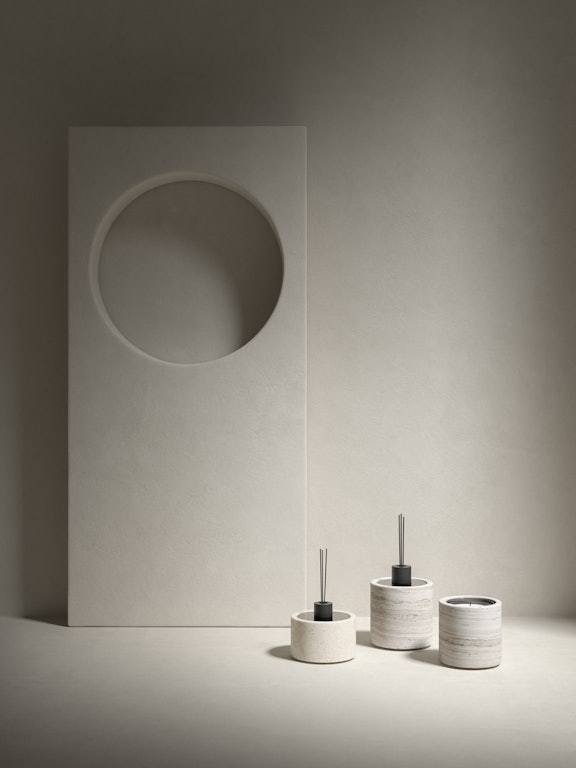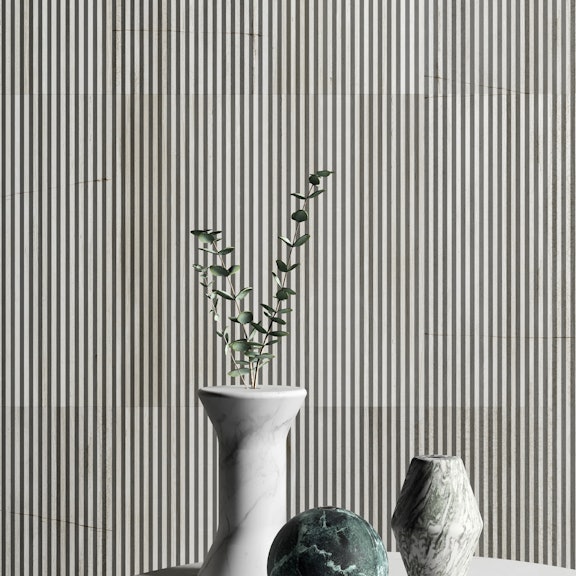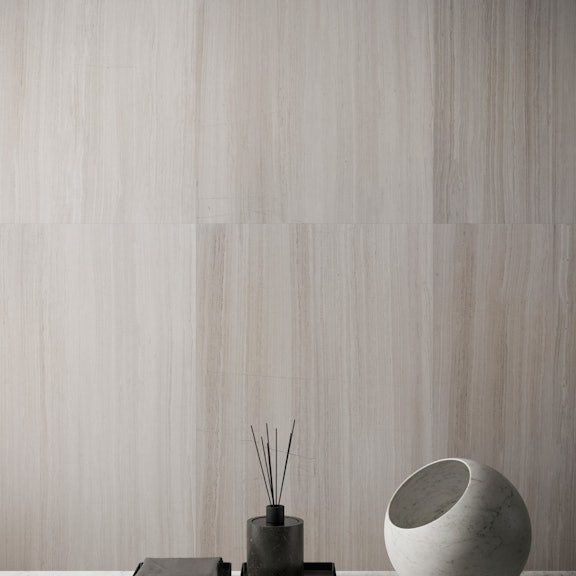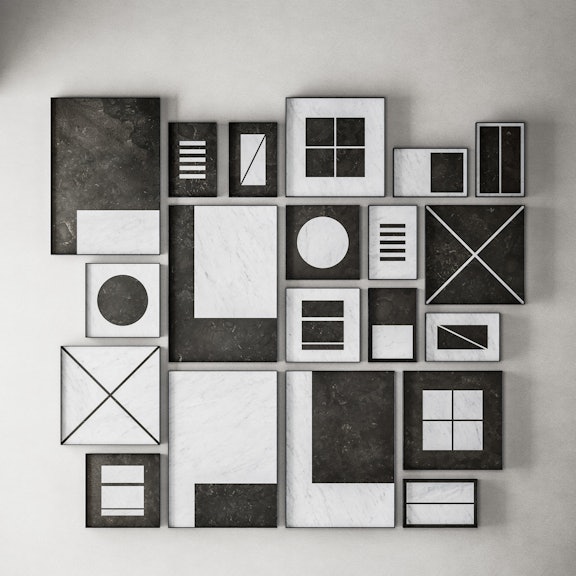Spotlight on Biophilic Interior Design and how to incorporate it into your home
02.2023
All you need to know about Biophilic Interior Design and how it uses natural materials to create a sense of wellbeing and a connection with nature in your home
How Biophilic Interior Design helps us live in harmony with nature, even in closed spaces
As our world continues to change, so too does the way we live in and use spaces such as homes and offices. Many of us spend a good percentage of our lives in closed surroundings, which is why it is more important than ever to create healthy, satisfying living and work environments, on both a sensorial and mental level.
Biophilic design is one response to this growing need. It goes beyond aesthetics to create a positive connection between individuals and the environment they inhabit on a daily basis.
Biophilic design aims to create a true link between nature and spaces created by humankind by making the most of vegetation, light, textures and materials so that they have a positive impact on everyday living.
In this article we take a look at how the biophilic approach brings nature into interior design, together with its benefits when it comes to health and wellbeing.
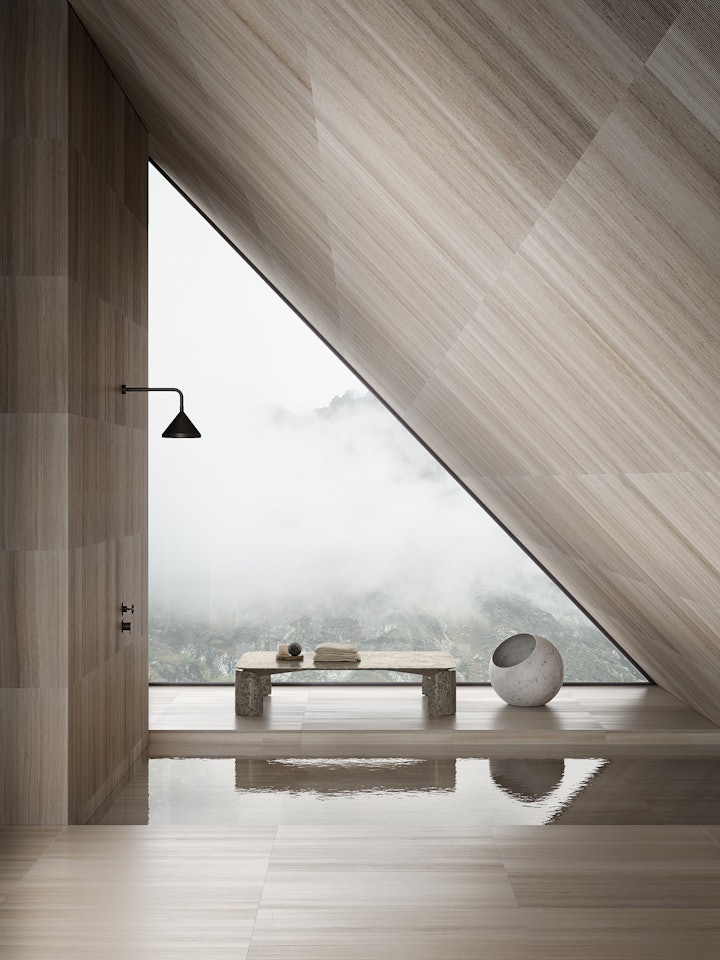
What is biophilic design?
If we want to really understand why biophilic design has become so popular among architects and designers, the first step is to look at the meaning of the word “biophilic” and where it comes from.
The term “biophilia” was coined by biologist Edward Osborne Wilson in 1984 to describe the innate human tendency to focus on life and its vital processes. This creates a fundamental need for us as humans to maintain close contact with nature.
In response to this desire, Biophilic Interior Design focuses on creating relaxing spaces that have both a visual and on-visual connection with nature, designed to improve wellbeing, health and productivity.
So just what is the difference between these two types of association with nature?
Visual connections refer to those elements we can see, such as plants, natural materials or the creation of a typical outdoors view, by example by using the shapes and colours of nature.
Non-visual connections, on the other hand, include things such as the light or ventilation that comes through windows, smells and textures that awaken primitive sensations and create a profound link with nature.
Biophilic Interior Design seeks to create not only a visual connection with the natural environment, but also to enable us to live in tune with nature every day by means of elements such as natural light, a view of green landscape, plants, natural materials and patterns.

What are biophilic design elements?
Imagine walking into a closed space and finding yourself in a multisensorial experience in which your senses are so simulated that you want to take deep breaths as though you were out in the open air. In short, that is the effect that biophilic design aims to create, by bringing us and nature together.
Certain biophilic design elements elicit spontaneous physical and emotional reactions that make us feel at one both with our selves and the external environment, thus bringing a sense of harmony and calm to our mood.
According to this principle of biophilic design, it is not enough simply to add the odd plant. Instead, you need to apply a multisensorial lens and think about aspects such as the view, materials, perspectives, smells and sounds.
Water and fire are also important, and these are incorporated through candles, fireplaces, small fountains or fish tanks. The effect is to create a more relaxing atmosphere, but they also work by tapping into both our visual and audio senses, reminding us of experiences we have enjoyed outdoors.
Opening the windows to allow fresh air and outside noises in to our home and our headspace has a positive effect on our mood, while similarly, maximising natural light tends to put a spring in our step, stimulating creativity and upping our energy levels, especially at the beginning of the day.
Other biophilic design elements include adding plants, landscape pictures or photographs, décor items that echo nature’s forms and neutral or earthy colours. The effect of these is to enrich the scenery around us and create a more vital, vibrant atmosphere.
Another useful technique is to use sustainable or natural materials such as stone, bamboo, wood and cork.
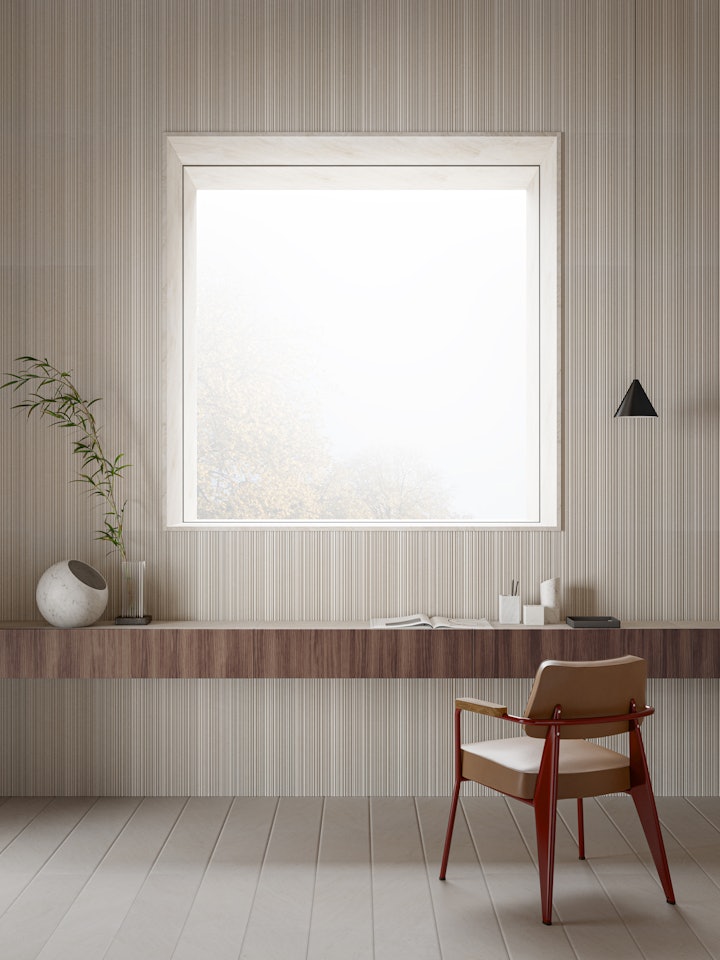
What are the benefits of biophilic design?
Day after day, many of us find ourselves living or working in an extremely urbanised, technological context that can often disconnect us from the simple pleasures of life and the things that should be absolutely normal.
Applying the principles of Biophilic Interior Design to the settings we most often find ourselves in helps us to rediscover this primitive, innate contact with the world outside. In so doing, we will inevitably experience a sense of calm, reassurance and mental wellbeing, and will almost certainly see our productivity increase.
Water is particularly important because it has the effect of reducing stress levels, while natural light and ventilation have a positive impact on our overall physical wellbeing.
The use of plants in design is, of course, popular for their aesthetic benefits, but they also improve air quality because greenery absorbs microbes and toxins found in the atmosphere.
There is another benefit, and this occurs if we use furniture and furnishings made from natural materials and add accessories that celebrate the beauty of imperfection, unusual lights and authentic scents. The very fact that they are different from your cookie-cutter pieces, that they are unique and different, means that they speak to our emotions and awaken memories, helping us to feel tranquil, fulfilled and well-balanced.
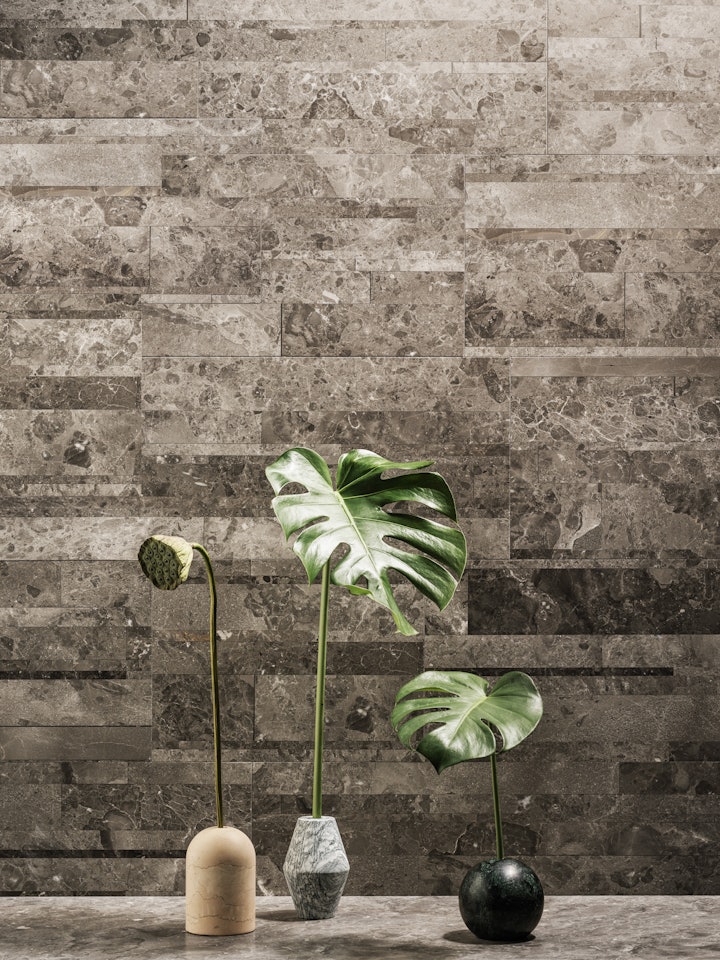
How Salvatori uses Biophilic Design principles
Salvatori has long been known for the painstaking care we take when it come to choosing natural and sustainable materials, along with our artisanal, innovative approach.
We are committed to creating exclusive, timeless products that are authentic and unique, and that starts with the materials we choose, which are absolutely in keeping with the principles of Biophilic Interior Design.
For example, Gabriele Salavtori showcases the incredible power of stone by celebrating the beauty of flaws in the Lost Stones collection he developed with Piero Lissoni.
Respecting the concept of Wabi-Sabi, which encourages us to accept the charm of natural, uncontaminated forms, the stones in the collection create a dialogue with the spaces they grace, forming a visual connection with nature. As such, they stimulate three of our five senses, ie sight, touch and smell, and assume their own heart and soul.
Lithoverde® is another visionary Salvatori product that breathes new life into discarded pieces of stone, transforming them into glorious new works of art that are not only eco-friendly but are also beautiful in their right. They become a stunning texture that is a visual prompt, reminding us that they came from Nature.
In addition to these two specific products, the very nature of the materials we use is in line with biophilic design principles. For example, the incredible colours and patterns of natural stone, whether it is limestone, marble or travertine, inject elegance and personality to any space, making a truly authentic and unique impact. Find out more about the colours of natural stone in this article.
Natural stone is a material that responds to the right lighting, and when this happens, the result is a warm, inviting and dynamic environment.
Salvatori has tapped into the potential of materials such as Bianco Carrara, Pietra d'Avola, Silk Georgette® and Crema d’Orcia to interact with light in many of its textures, such as Bamboo, Rain, Plissé and Raw. When these are brought alive through light, it is the perfect example of the multisensorial experience that biophilic design seeks to deliver.
In summary, Biophilic Interior Design is all about creating a positive impact when it comes to décor, and among the various elements that are used, natural materials are key in improving the liveability of our home and work spaces.
As well as the sense of wellbeing they help foster, they bring elegance, style and a unique, authentic X factor to create interiors that speak to our aesthetic and deeper, more emotive needs.
In addition to an extensive range of natural materials in original and striking textures, Salvatori also offers all the assistance and resources to enable architects and designers to bring their visions to fruition.
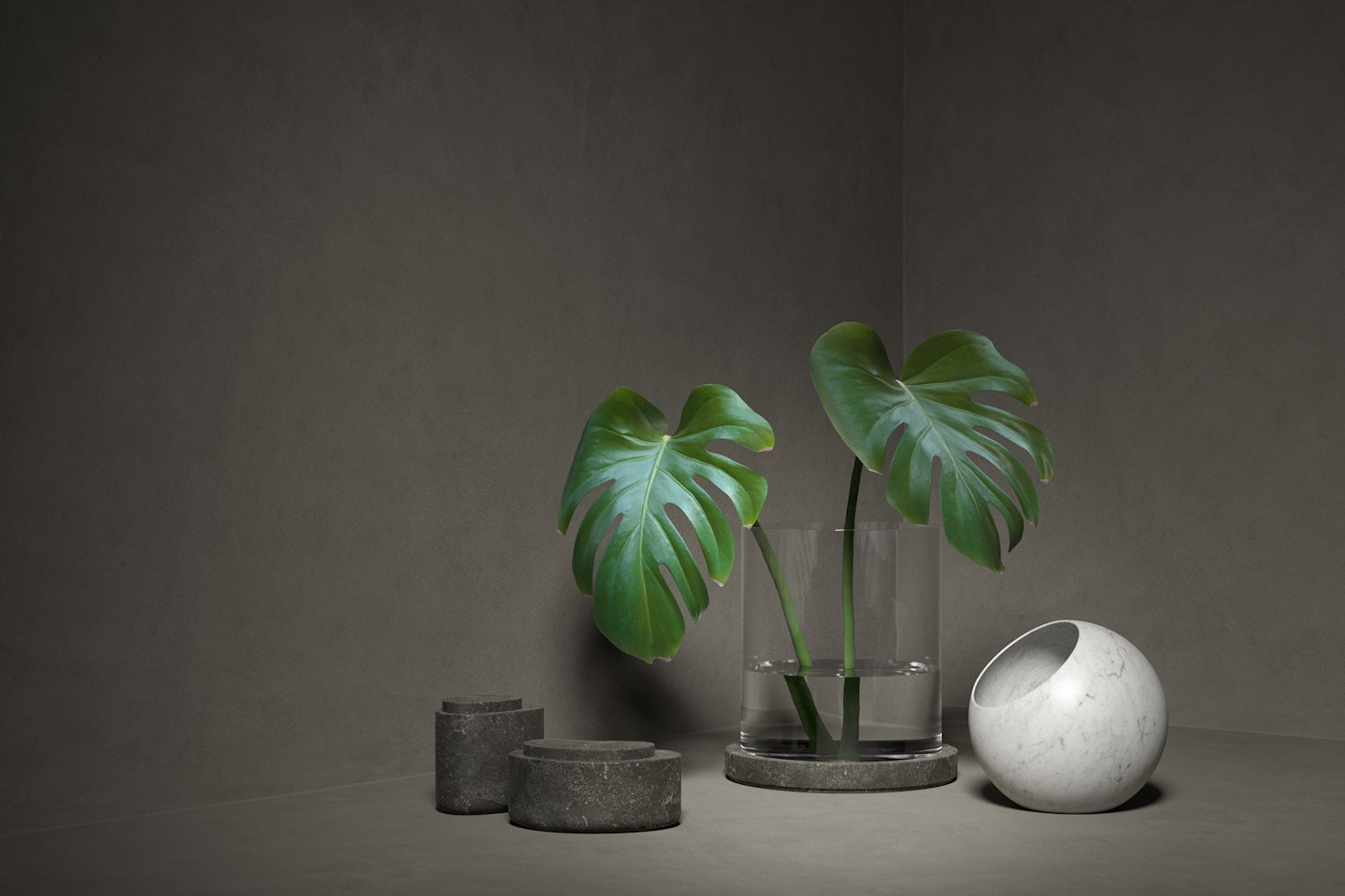
.jpg?fp-x=0.5&fp-y=0.5&auto=format&w=576&h=768&fm=jpeg&q=70&fit=crop)
